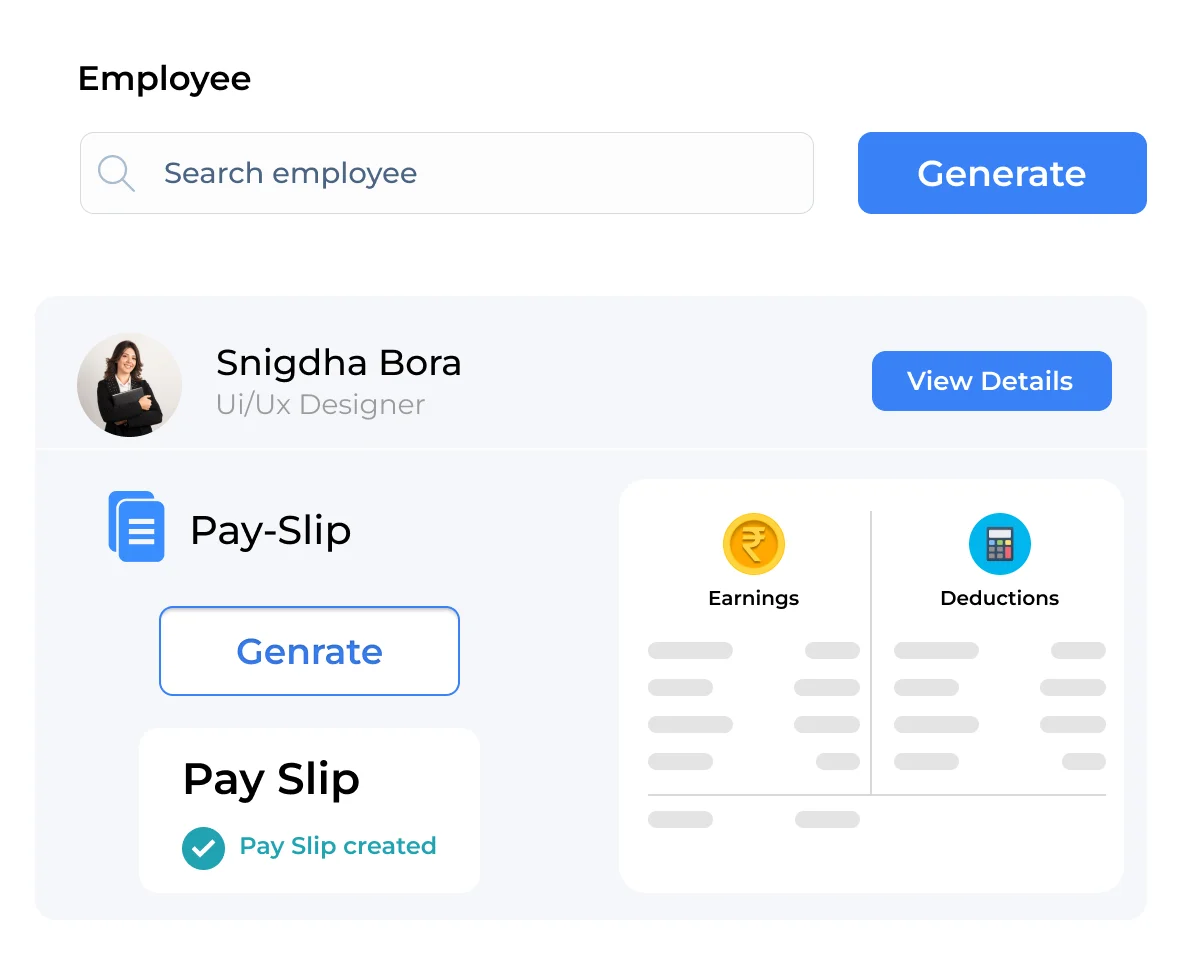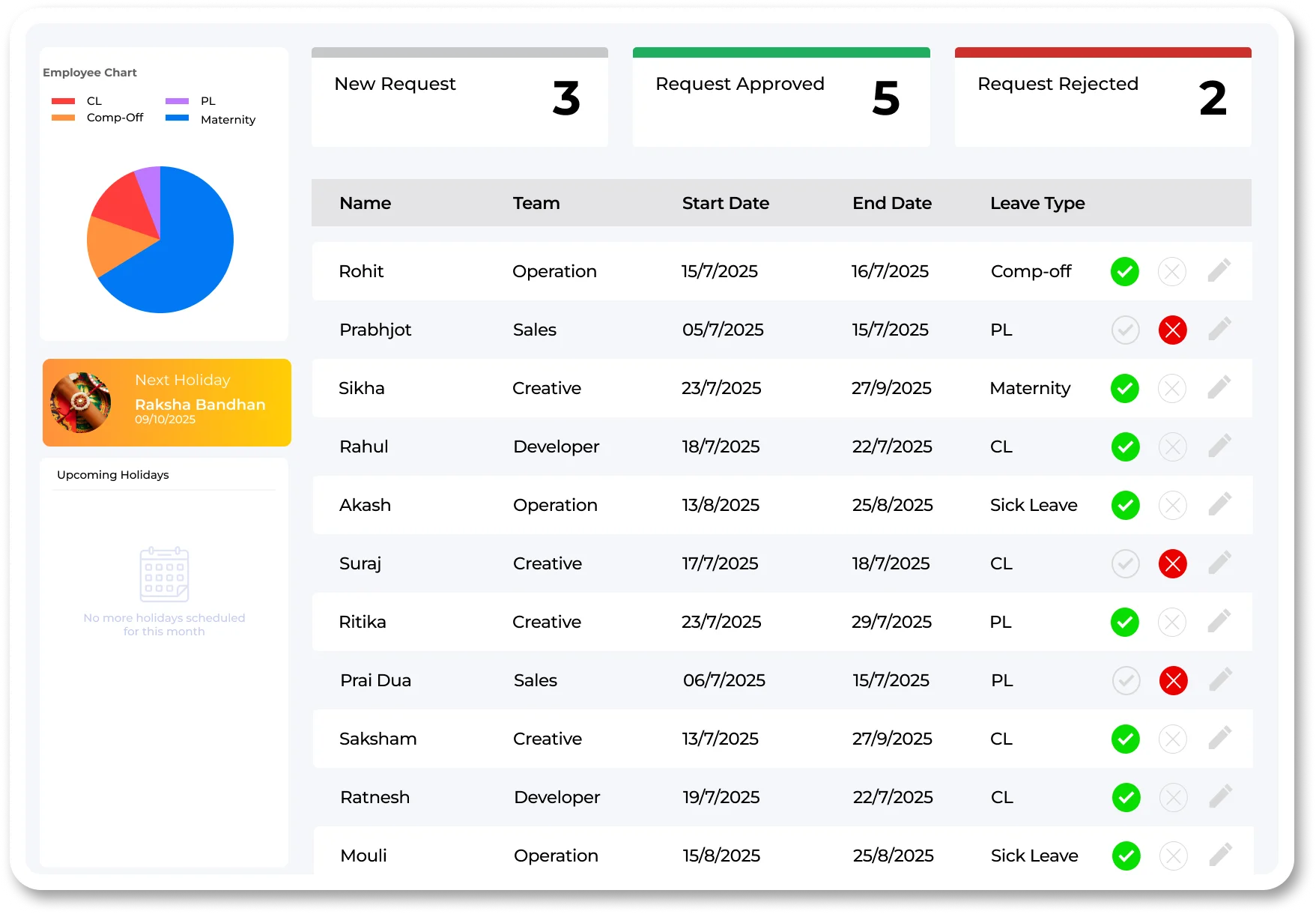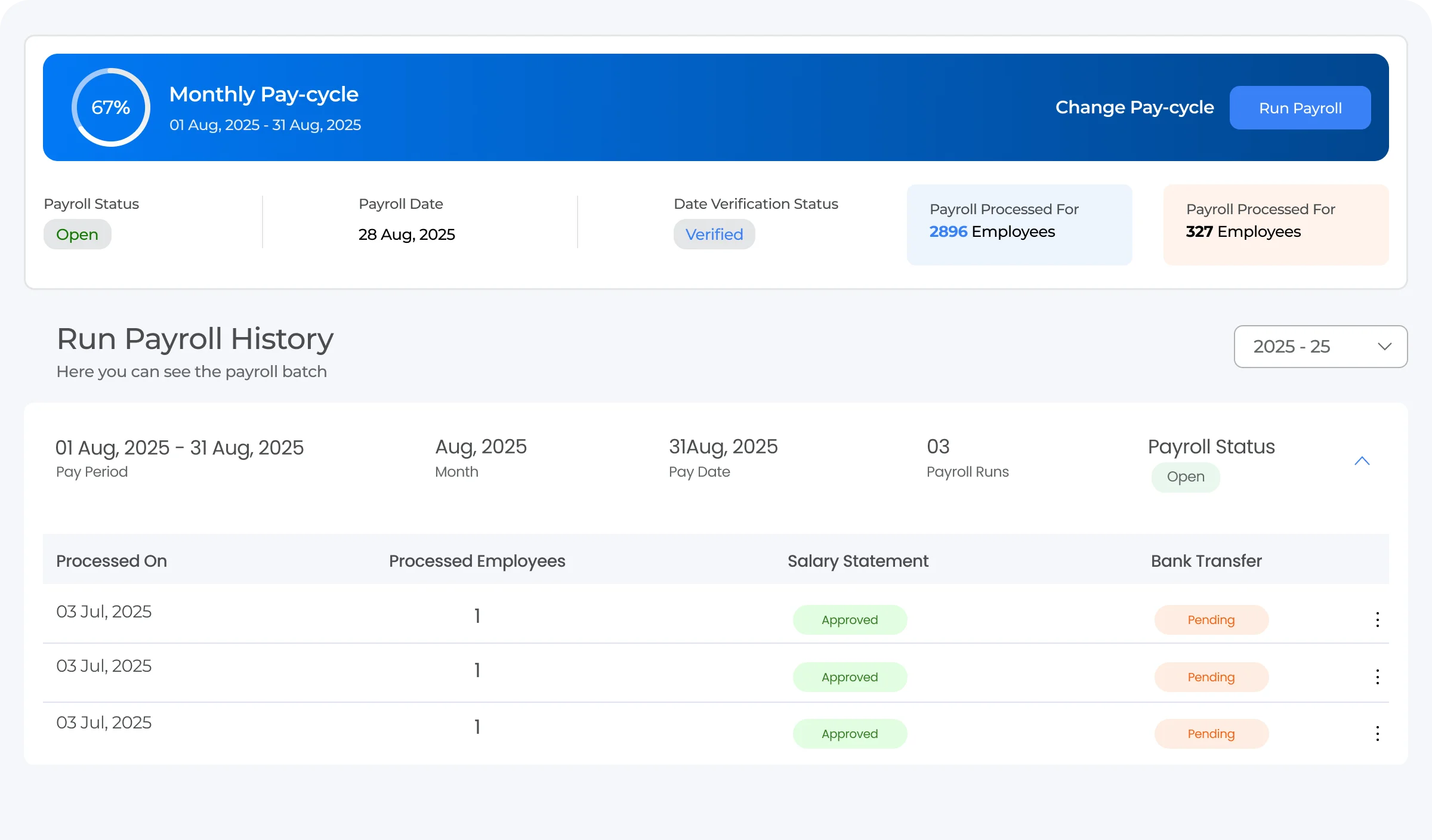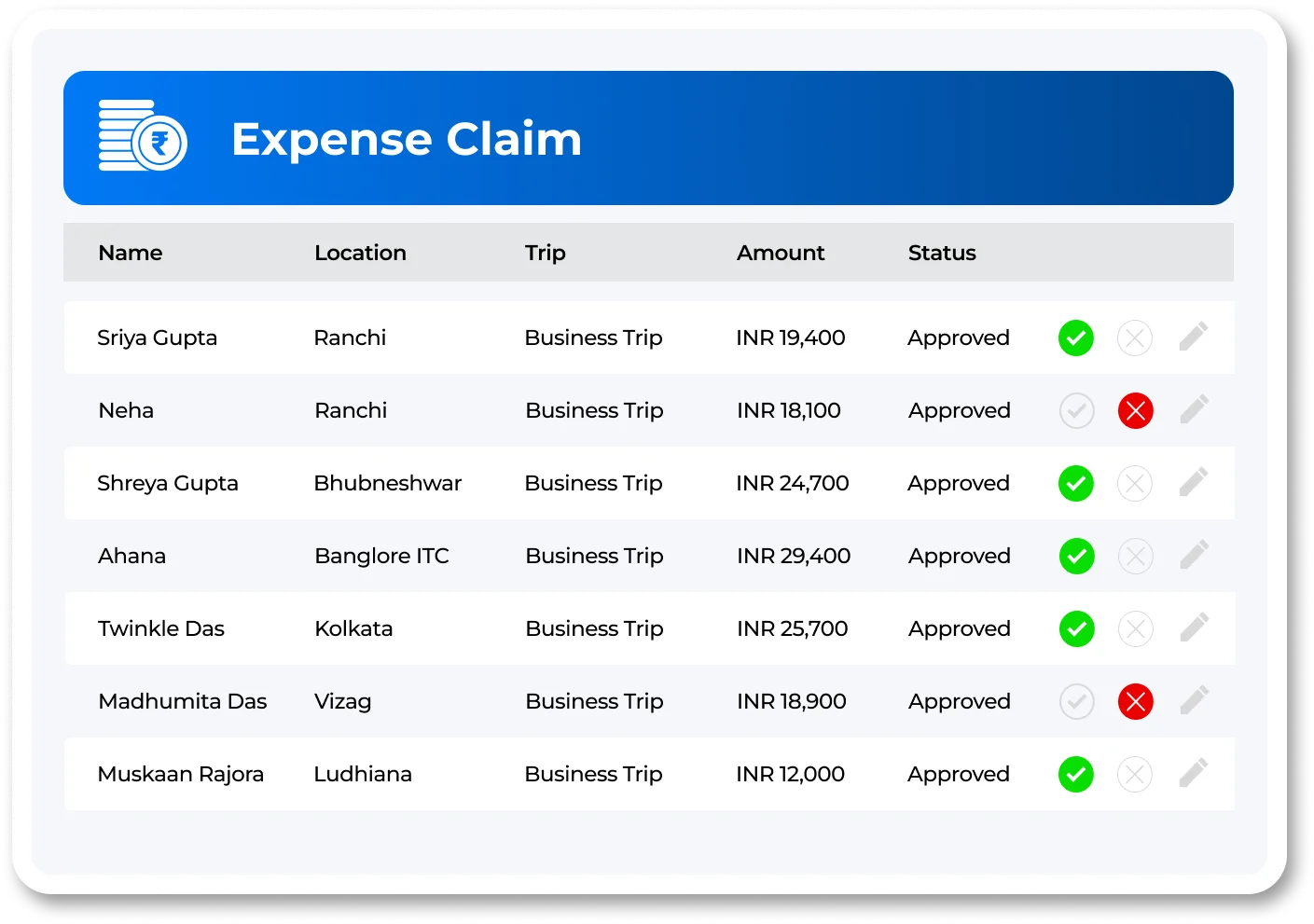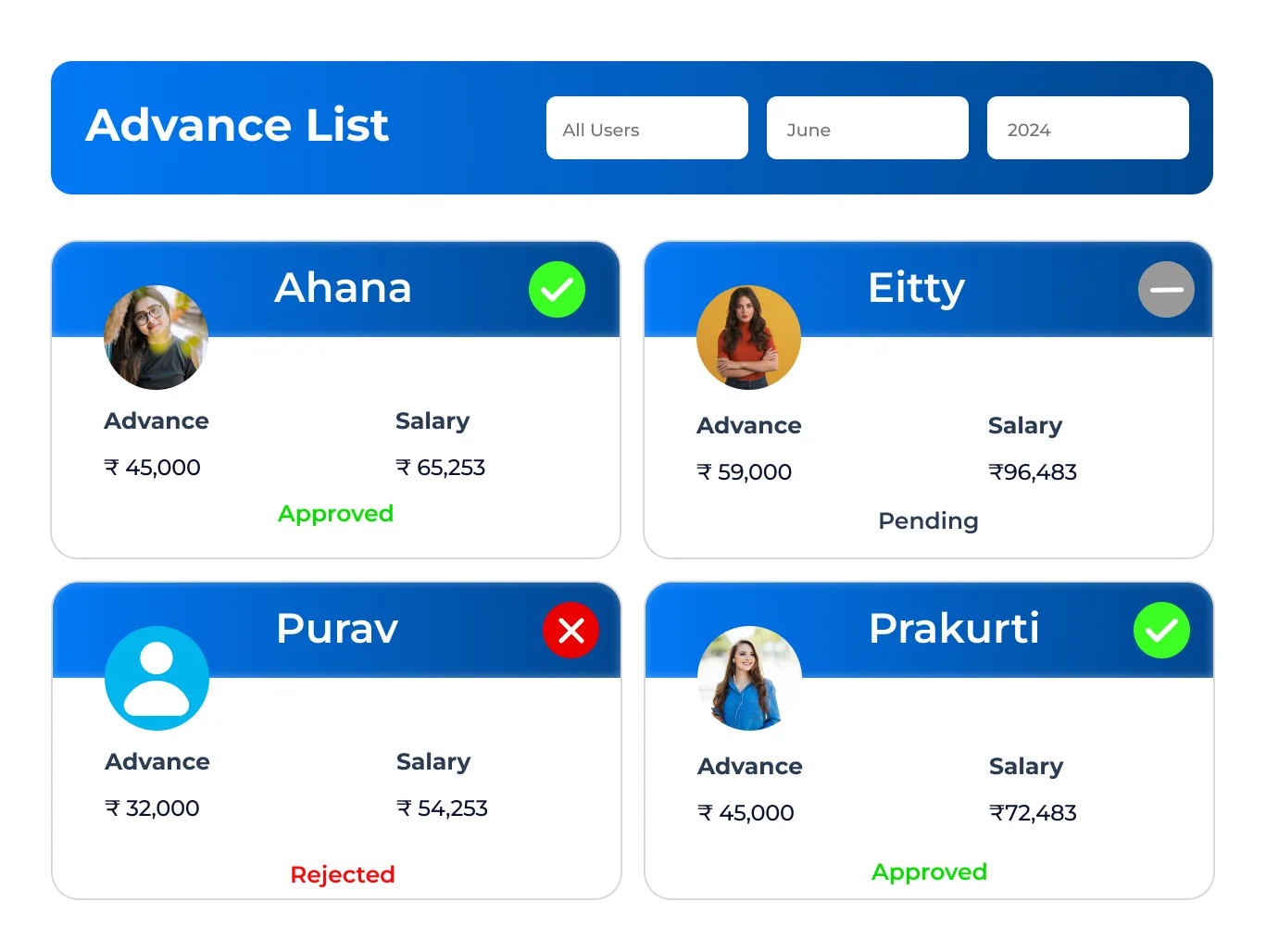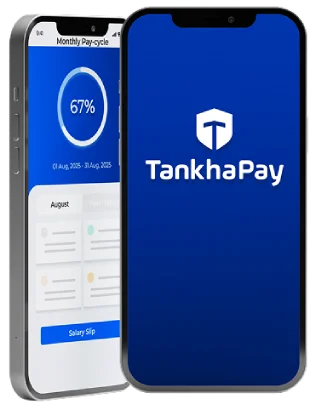Payroll can be managed in different ways: in-house or outsourced, and manually or through automation. In-house payroll is handled entirely by the HR or finance team, with dedicated staff managing all payroll tasks. Outsourced payroll is managed by an external provider or payroll service company.
Manual payroll is the traditional method, relying on spreadsheets, paper timesheets, and physical leave requests, which can be time-consuming and prone to errors. Automated payroll, the modern standard, leverages technology to handle the entire process, minimizing human intervention and improving accuracy and efficiency.
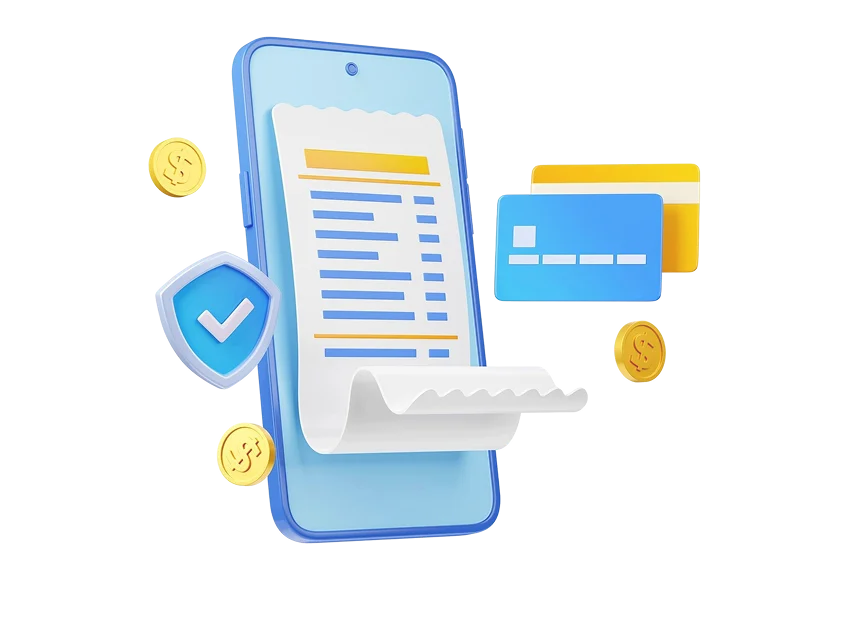
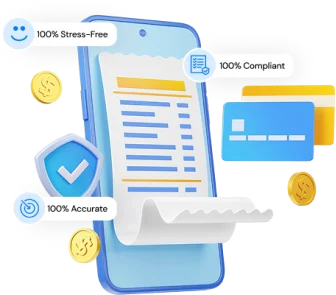




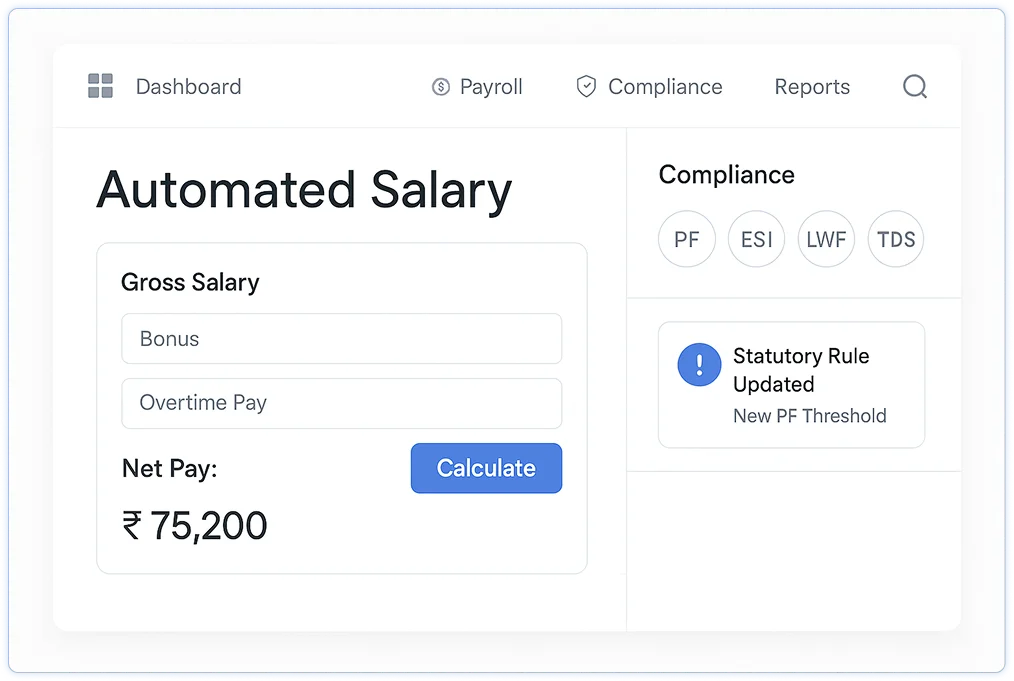
 Stay fully compliant with PF, ESI, LWF, TDS, 16+ regulations, and Form 16.
Stay fully compliant with PF, ESI, LWF, TDS, 16+ regulations, and Form 16.
